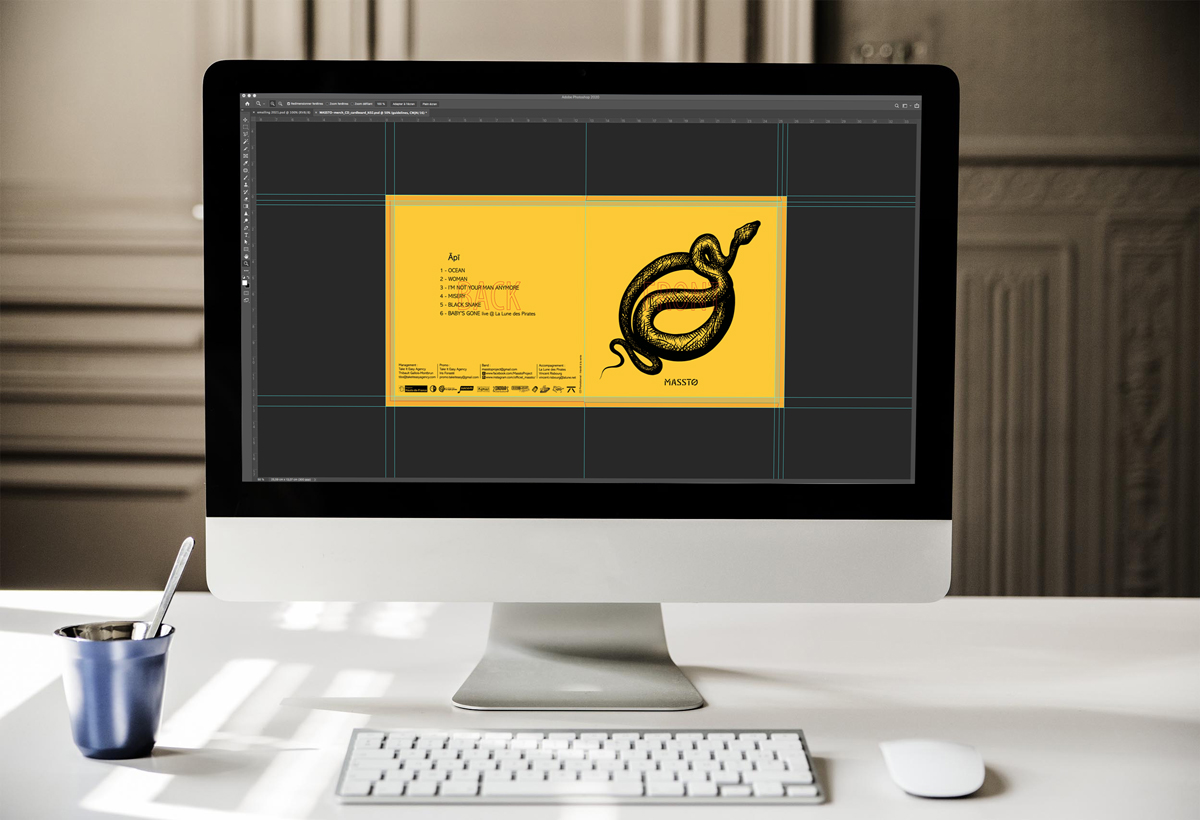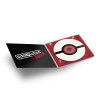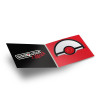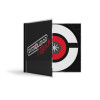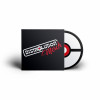The CD remains the ideal and essential physical medium for your album or EP releases, but also for your promotion, at an affordable price for you and your fans, and with many customisation possibilities. It's often the big winner at merch tables, with its affordable price that allows fans to support artists and leave with a (signed) "souvenir" of a concert. It's also an economical product when shipping music media from your online store.
Find our advice in this article to best prepare for your release!

THE CD MANUFACTURING PROCESS
File checks
At Distrolution Merch, we are active musicians and have already released several EPs and albums in CD, vinyl and cassette formats. We are therefore fully aware of your expectations, but also of the budget that this represents for an independent artist or label. That's why we have chosen to integrate the control of the graphic files you provide us, before moving on to the next steps. This control allows us to ensure that your files do not contain any errors, such as texts too close to the edges, or too much ink load. If we detect a problem, we contact you to inform you and correct it. In the case of minimal errors, we can even take care of it ourselves! This is also the Distrolution Merch spirit! Once the files are validated, we produce a preview of your finished product, which you can use for your communication or your online shop, as well as the famous BAT (Good To Print) to validate the printed elements one last time. And all this is included in our prices!
The pressing
Once the master file has been checked, the production of the "glass master" is launched. This is done in 3 stages.
First, the marking: a glass plate is covered with a layer of photosensitive resin which will be engraved by an ultraviolet laser, imprinting your digital data. The glass master is then baked for 30 minutes to consolidate it.
Then comes the galvanisation stage. The glass master is placed in a vacuum chamber, at ultra-low pressure. Heated nickel is deposited, in the form of vapour, on the glass master. The disc content is then checked by a special reader.
To complete the process, we move on to the galvanisation phase. The glass master is still extremely fragile at this stage and could not be used to press the final CDs. The glass master is therefore immersed in a bath of liquid nickel, and by an electrolysis process, it is deposited on the surface, thus creating a negative imprint, or matrix, of the disc.
Then comes the pressing phase. The matrix is placed in a 60-ton press. This pressure and the temperature of 360° C transform the polycarbonate plastic injected into the mould into an optical disc. An infinitesimal layer of aluminium is then applied to the pressed side of the disc (metallisation) and the metallised surface is varnished. The CD is created.
Due to the manufacturing cost of the glassmaster, CD pressing is therefore offered from 300 copies onwards, to offer attractive prices.
...or duplication
This is another disc manufacturing technique that uses laser engraving technology. The duplication medium is a blank disc with a writable layer that will be burned by a laser beam in the "0" areas and leave the "1" areas intact, thus creating grooves and flats like those found on pressed discs. The DDP image is duplicated, passing through the hard drive of a recording tower, in batches of the number of recorders in the tower. The recording time depends on the total duration of music reproduced. (± 1 minute for 20 minutes of music). Engraving is therefore suitable for small productions of less than 300 copies, as it saves time and money by not producing a glassmaster. But the production time of a duplicated CD is much longer than that of a pressed CD, which is why it is more advantageous to press for quantities beyond 300 copies. The quality remains the same whether your CD is pressed or duplicated. It is therefore a choice of economic common sense to offer you the best possible prices.
CD and packaging printing
The CDs are then printed in offset or by screen printing, depending on the type of visual. Screen printing, as for textile marking, is mainly intended for "simple" visuals such as a logo on a plain background, while offset printing allows the printing of photographic-type visuals or detailed and colourful illustrations.
We can also leave transparent areas revealing the metallic layer of the CD, for a superb effect, and this, at no extra cost!
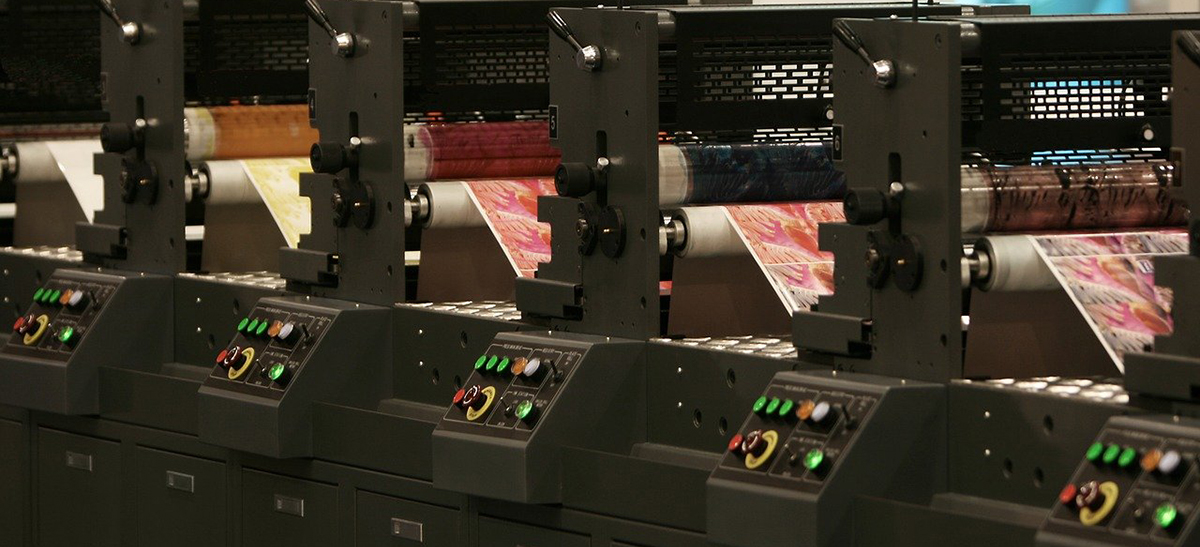
Assembly and packaging
Each CD is then placed in its packaging, then the whole is cellophane-wrapped and packed in cardboard for shipping. It's ready for tracked delivery, which usually takes 3 days.
Files to provide us
Here's a summary of the elements you need to provide us to produce your CDs:
The DDP audio master
A DDP (Disc Description Protocol) is a digital image of your CD.
The DDP image encodes all the information that was created during the editing of your disc during mastering. This obviously includes the sound, transitions between each track (fades, pauses) but also metadata and other information read by players: artist name, song title, CD text, UPC/EAN code / ISRC codes, if you need them of course!
The big advantage of the DDP image is to avoid sending us a CD-R which can be a possible source of errors when you burn it, or which can simply be damaged during transport. Moreover, we save production time by transferring the final CD via the Internet ;) .
The pressing plant will use the DDP image to create the Glass Master that will be used for pressing CDs or to duplicate it identically for releases of less than 300 copies.
The other advantage of the DDP image is that it includes a Checksum file, allowing the factory to perform a check before creating the Glass-Master and thus reproduce identically the file you have provided us, without any possible alteration.
The DDP is usually provided by the studio that does your mastering. It's currently the most widespread format for CD duplication / pressing. If you need to create it yourself, HOFA software remains the most used in the field. However, if you've self-produced and want to entrust the DDP assembly to a pro, we can put you in touch with our partner sound engineer who can do it at a really very affordable rate.

The graphic files
The printing of files is carried out in parallel with the pressing. This therefore includes the printing of the packaging, the booklet or poster, as well as the CD label.
Distrolution Merch provides you with the templates in advance of your order. You can find them in the "Documentation" tab, a little lower down, on the page of the product you wish to order.
Be creative with the different packaging options. You can propose visuals that extend across the entire packaging, under the CD, the possibilities are endless. You can also leave metallic areas visible on the disc for a great effect! If you're not an expert in graphic design, get help from a pro or ask us for advice. We can even take care of the layout, or even the creation of your visual, on estimate.
The templates are to be edited in a professional graphic design software, such as Adobe's famous Photoshop. Our templates are already the right size and in the right colour format. You just need to open them in the software without changing anything, do your layout, and send us your files, without flattening the layers, and pixelating the fonts. This way, during the file check, if we detect a problem, we can easily correct it.
We then send you previews of your product, which you can use for your communication on social networks or to launch your pre-order campaign. We also provide you with a digital proof (the famous BAT) to validate your files one last time before placing them in print. And all this is included in the price!
SDRM duplication authorisation
The SDRM authorisation request, a branch of SACEM, can be made online easily and quickly HERE. This authorisation request is a legal obligation for any audio reproduction, and prevents anyone from producing copies with another artist's music for which they do not own the rights. The response is quick, usually within 2 working days.
Be aware that if you plan to press several media (CD, vinyl or even cassette), you will need to make an authorisation request for each of them.
You will be asked to provide the manufacturer's details, here they are:
Distrolution 1 (don't forget the 1!)
185 rue de Marcq-en-Baroeul
59290 Wasquehal
France
Whether you are a member of SACEM, whether the reproduced tracks are registered there, or whether you are performing covers, you will be asked to pay a fixed sum (or not) depending on the quantity produced, its selling price and the number of discs intended for free distribution (promo). You will later receive, in return, a remuneration as an author/composer, for the "mechanical reproduction" of your works, and this, for each pressing of your work. If you are not a SACEM member and the works you wish to duplicate are not registered (beware of covers...), you will have nothing to pay.
You will also be asked to provide a catalogue number / reference. For labels that are relatively used to this, no problem, but if you're self-produced, you're probably wondering what this is? It's simply a reference code that you give to your release and which is often found written on the spine of CD and vinyl sleeves. If Distrolution Merch were to release its first CD EP, we could for example give a reference code that would look like "DM001CD". You need to provide one for your authorisation request, but you're not obliged to include it on your sleeve if you want a clean visual.
We hope this article answers your many questions about CD manufacturing and preparation. We are of course always available to answer your requests or prepare a customised quote if needed.

